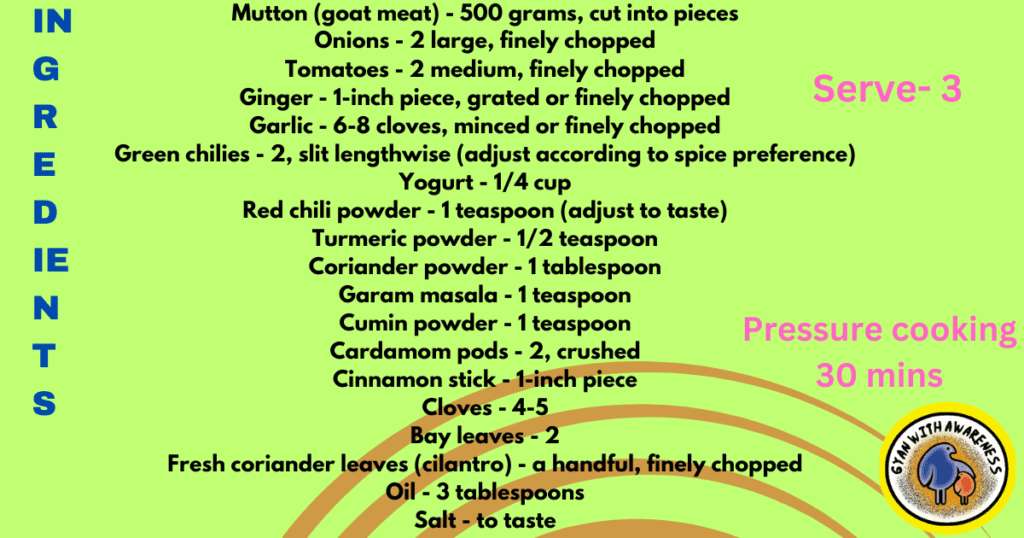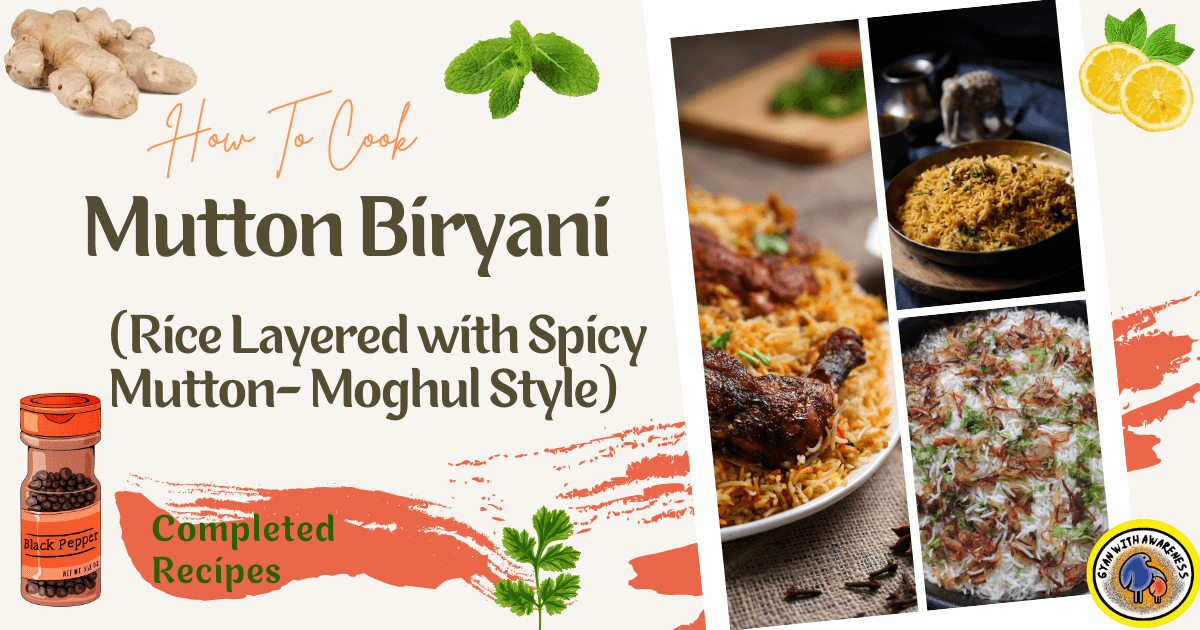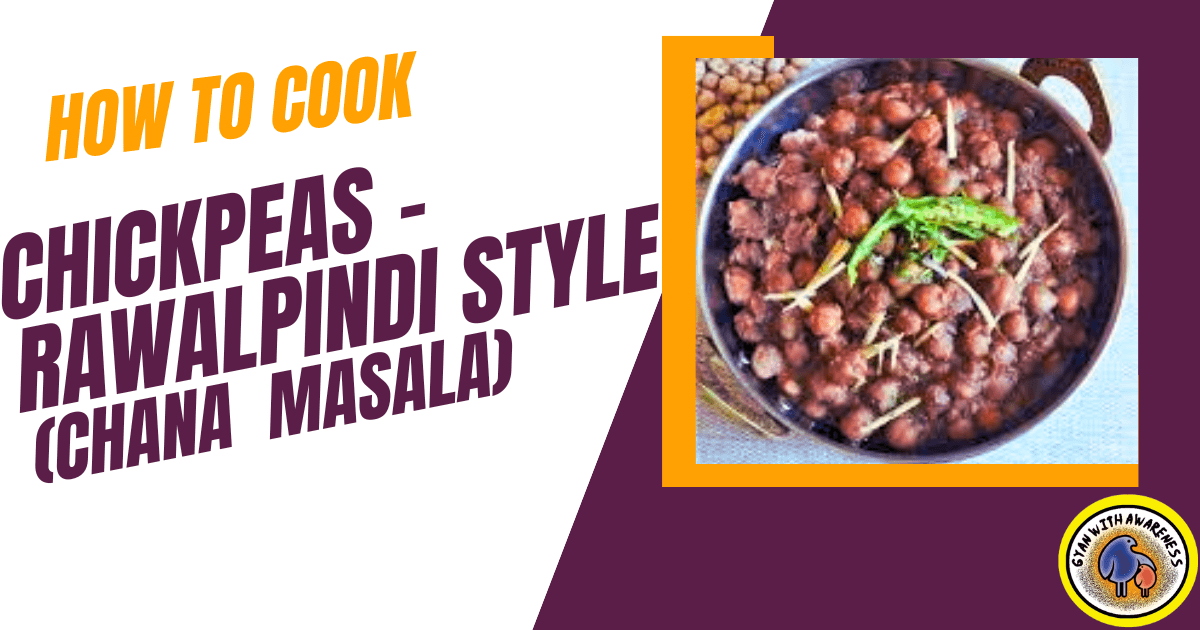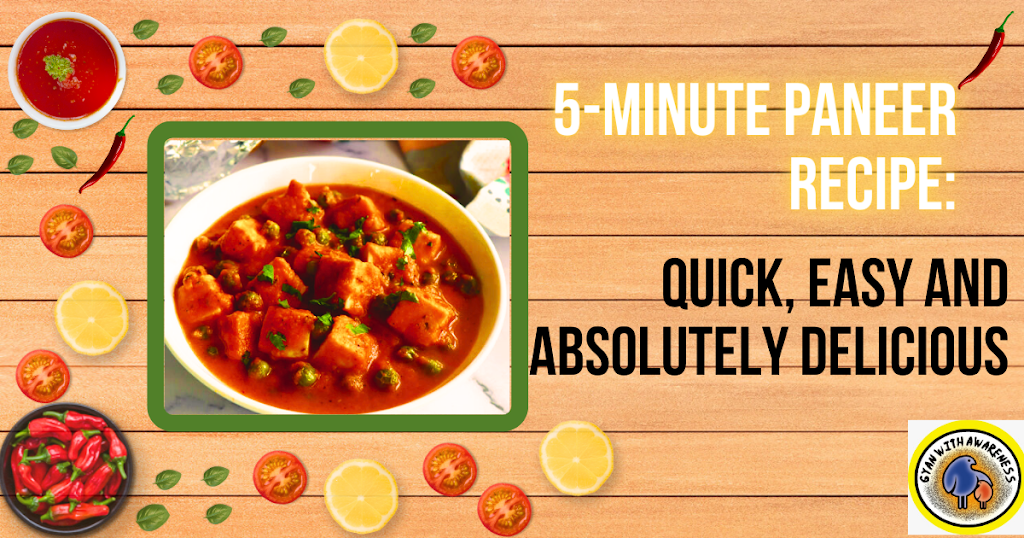
Mutton Masala is cooked in different parts of India, such as Punjab, Maharashtra, and Tamil Nadu, each adding its unique touch to the recipe. It is commonly found in Indian restaurants and is also prepared in many households for special occasions or as a hearty meal.
This dish is also referred to as Gosht Masala or Lamb Masala, depending on the type of meat used. The mutton is slow-cooked with marination, allowing the flavors to infuse and tenderize the meat. The result is a thick, spicy gravy with tender chunks of mutton that are bursting with flavors.
The taste can be described as robust, spicy, and aromatic, with a perfect balance of tanginess from the yogurt and heat from the spices.
Overall, Mutton Masala is a beloved Indian dish that showcases the rich culinary heritage of the region, offering a delightful experience for those who appreciate the flavors of traditional Indian cuisine.
10 Health Tips for Preparing Delicious Mutton Masala at Home:
Here are some tips that can enhance the taste of the dish and will be beneficial for health too. Making dishes and knowing their medical effects on health, helps us to maintain our health and we can get proper nutrients from it nicely.
Lean Cuts:
Opt for lean cuts of mutton, as they contain less fat, making your dish healthier.
Trim Fat:
Before cooking, trim excess fat from the meat to reduce saturated fat content.
Marination:
Marinate the mutton with yogurt, spices, and herbs for added flavor and tenderness without excessive oil or butter.
Use Herbs:
Incorporate fresh herbs like cilantro, mint, and parsley to enhance flavor without adding extra calories.
Whole Spices:
Use whole spices like cardamom, cloves, and cinnamon for authentic flavor with fewer calories compared to oils or ghee.
Limit Oil:
Use minimal oil for sautéing and prefer healthier options like olive or canola oil.
Add Veggies:
Include vegetables like tomatoes, onions, and bell peppers to boost nutrition and reduce the need for excessive fats.
Reduce Salt:
Go easy on salt and consider using alternatives like low-sodium soy sauce or herbs for flavor.
Portion Control:
Serve mutton masala in moderate portions to avoid overeating and excessive calorie intake.
Balanced Sides:
Pair your dish with whole grains like brown rice or quinoa and a side of steamed vegetables for a well-rounded, nutritious meal.
Remember, these tips can help you enjoy the flavors of Mutton Masala while making it a healthier choice for your home-cooked meals.
NORTH INDIAN RECIPES
Mutton Masala:
Course: Main Course Diet: Non-Vegetarian
Prepare Time: 10 mins Pressure Cooking Time: 30 mins
Total Time: 40 mins Serves: 5
Nutrition:
Calories 762 Potassium 901.1mg
Total Fat 56g Saturated Fat 18g
Trans Fat 0.4g Polyunsaturated Fat 13g
Monounsaturated Fat 20g Cholesterol 181mg
Sodium 152mg Total Carbohydrates 16g
Dietary Fiber 3.2g Sugars 4.4g
Protein 48g Vitamin D 0.2mcg
Calcium 87mg Iron 5.9mg
Ingredients For Mutton Masala:
Mutton (goat meat) – 500 grams, cut into pieces
Onions – 2 large, finely chopped
Tomatoes – 2 medium, finely chopped
Ginger – 1-inch piece, grated or finely chopped
Garlic – 6-8 cloves, minced or finely chopped
Green chilies – 2, slit lengthwise (adjust according to spice preference)
Yogurt – 1/4 cup
Red chili powder – 1 teaspoon (adjust to taste)
Turmeric powder – 1/2 teaspoon
Coriander powder – 1 tablespoon
Garam masala – 1 teaspoon
Cumin powder – 1 teaspoon
Cardamom pods – 2, crushed
Cinnamon stick – 1-inch piece
Cloves – 4-5
Bay leaves – 2
Fresh coriander leaves (cilantro) – a handful, finely chopped
Oil – 3 tablespoons
Salt – to taste

Master the Art of Making Mouthwatering Mutton Masala:
- In a big pan or pressure cooker, heat the oil over medium heat. To the boiling oil, add crushed cardamom pods, cinnamon sticks, cloves, and bay leaves. Sauté for a minute, or until the aroma emerges.
- Cook until the onions are golden brown in the pan with the finely chopped onions. Stir now and again to ensure equal browning. To the pan, add the grated ginger and minced garlic. Sauté for a minute, or until the raw scent is gone. Add the mutton pieces to the pan now. Cook, tossing periodically, over medium-high heat until browned on all sides. This process helps to lock in the meat’s flavors and fluids.
- Whisk together yogurt, red chili powder, turmeric powder, coriander powder, and cumin powder in a separate bowl. Pour this into the pan and combine with the meat and tomato mixture. Season with salt to taste, then whisk everything together. In a bowl, add yogurt, red chili, turmeric, coriander, and cumin powder. Pour this mixture into the pan with the meat.
- Reduce the heat to moderately low and stir in the tomatoes. Stirring regularly, until the tomatoes mellow and exude their juices. Add the yogurt spice in tandem with the meat and tomato stew in a big container for mixing. Season the mixture with salt and pepper.
- Cook the mutton on low heat in a covered pan or pressure cooker. Cook for 30-40 minutes in a pressure cooker, or until the meat is cooked. Cook for 1.5 to 2 hours in a normal pan, adding water as needed, until the meat is soft and the flavors are well mixed.
- When the mutton is cooked to your liking, sprinkle it with garam masala and stir thoroughly. Garnish with fresh coriander (cilantro) leaves. Your delectable mutton masala is now ready to serve. It goes well with rice, roti, or naan bread.
Mutton Masala is a culinary masterpiece that tantalizes the taste buds with its extraordinary blend of flavors. Its rich, aromatic gravy bursts with the warm embrace of fragrant spices, creating a symphony of taste and aroma that delights the senses. The tender mutton pieces absorb the essence of this savory elixir, resulting in a dish that is both robust and exquisitely aromatic. With every bite, its exquisite taste and lingering fragrance transport you to a world of culinary bliss, making it a favorite among connoisseurs of Indian cuisine.

Notes by MEE !! for Enhancing the taste:
Proper Marination: Marinate the mutton for a minimum of two to three hours preferably overnight. This makes the meat more soft and enables the flavors to permeate it.
Quality Spices: To maximum flavor, use freshly ground, premium spices right before cooking. Roasting whole spices like cardamom pods, cloves, and cinnamon sticks before crushing them can add complexity.
A fragrant spice mixture, such as cumin, coriander, turmeric, and chili powder, can be used to make a balanced spice blend. To suit your taste in heat, alter the spice amounts.
Cooking Mutton Masala Slowly: Take your time cooking the mutton masala on low heat. The meat may absorb the flavors of the spices while cooking slowly, making it wonderfully soft.
Ginger, garlic, and onions should all be used fresh for a more flavorful dish. If you want a smoother texture, think about forming a paste out of these ingredients.
Tomato Paste: Add tomato paste or puree to create a rich, savory base for your masala. Cooking it down until the oil separates enhances the taste.
Yogurt or Cream: A touch of yogurt or cream can add creaminess and balance the spices. Be cautious not to curdle the yogurt by stirring constantly.
Fresh Herbs: Garnish with fresh cilantro or mint leaves just before serving for a burst of freshness and aroma.
Taste and Adjust: Continually taste your mutton masala as it cooks and adjust the seasoning as needed. Sometimes a pinch of salt or a dash of lemon juice can make a big difference.
Resting Time: After cooking, give your mutton masala some time to rest before slicing it. This encourages the tastes to combine.
Don’t be scared to try out some of your variations. Garam masala, nutmeg, or saffron hints can be used to create distinctive and delectable variants.
Use High-Quality Mutton: The flavor of the meat might vary greatly depending on its quality. For optimal results, choose lamb that has come from a reputable source.
Always keep in mind that patience and attention to detail are the keys to a superb mutton masala. You can produce a tasty dish that pleases your palate by adjusting the spices and ingredients to your personal preferences.
In conclusion, Mutton Masala stands as a testament to the artistry of Indian cuisine, captivating palates with its enchanting taste and mesmerizing aroma. Its rich tapestry of flavors, woven together with a harmonious blend of spices, creates an experience that transcends the ordinary. The succulent mutton, lovingly simmered in its aromatic gravy, becomes a canvas for the intricate dance of spices, infusing each bite with a burst of warmth and complexity.
The alluring fragrance that emanates from a pot of simmering Mutton Masala is nothing short of an olfactory symphony, drawing both seasoned food enthusiasts and newcomers alike to its irresistible charm. It’s a dish that embodies tradition and innovation, striking a harmonious balance between heritage and modernity.
With each serving, Mutton Masala whispers tales of time-honored culinary expertise and the joy of sharing a meal with loved ones. Its taste and aroma evoke feelings of comfort, celebration, and an appreciation for the rich culinary heritage it represents. Mutton Masala is not just a dish; it’s a delightful journey of flavors and aromas that linger long after the last bite, leaving a lasting impression of culinary bliss.
Read More: Delicious: Murgh Musallam with best 10 steps and Its Health Benefits
Mutton Biryani Brilliance: Unveiling the 10 Health-Boosting Ingredients
FAQ:
What is the nutritional value of 100g of mutton masala?
Depending on the recipe and components used, 100 grams of mutton masala can have a different nutritional value. However, the following is a summary of the approximations of the nutritional values:
Calories: about 150–200
Protein: around 15 to 20 grams
8 to 12 grams of total fat.
Amount of saturated fat: 2-4 grams
Amount of carbohydrates: 5-8 grams
Minimal (often less than 1 gram) fiber
Sugars: 2 to 3 grams.
Approximately 40–60 milligrams of cholesterol
Sodium: Depending on how much salt is used in the dish, it can be anywhere between 500 and 800 mg.
How many calories are in mutton masala?
Depending on the recipe and serving size, mutton masala might have a range of calories. The typical amount of calories in 100 grams of mutton masala is between 150 and 200. This is only a preliminary estimate, and the real calorie count may vary depending on the mutton cut, the usage of oils like ghee, and the particular dish used. It’s best to use a nutrition calculator that takes into consideration all the components and their quantities or to refer to the specific recipe in order to determine the exact number of calories in a serving.
How much protein is in mutton curry?
Mutton curry’s protein content might change based on the type of mutton used, the recipe, and the serving size. An average serving of mutton curry weighs 100 grams and contains 15 to 20 grams of protein. However, this is only a rough estimate, and the real protein content may vary depending on the precise ingredients and cooking technique. It’s preferable to refer to the individual recipe or use a nutrition calculator that takes into account all the components and their proportions to establish the precise protein level in a given dish of mutton curry.
Is mutton a healthy diet?
When included in a diet that is balanced and diverse and consumed in moderation, mutton can be a healthy food choice. Here are some things to keep in mind when it comes to the health benefits of eating mutton:
Mutton is a fantastic source of high-quality protein, which is crucial for building muscle and maintaining general health.
Nutrient Density: It contains vital nutrients such as vitamins (B vitamins, including B12 and niacin) and minerals (iron, zinc, and phosphorus) that are required for a variety of body processes.
Meat can make you feel full and satisfied because it is high in protein and fat, which may help you regulate your portion sizes.
Heme iron, which can be found in abundance in mutton is more easily absorbed by the body than non-heme iron found in other sources, like plants.
What is mutton in South India?
In South India, the term “mutton” typically refers to the meat of adult goats, specifically those raised for meat. Mutton is a popular protein source in South Indian cuisine and is used in various dishes, including curries, biryanis, and kebabs.
It’s important to note that in South India, “mutton” specifically denotes goat meat, whereas in some other parts of the world, “mutton” can also refer to the meat of older sheep. The preference for goat meat in South Indian cuisine is due to its distinct flavor and tenderness, making it a staple ingredient in many traditional and regional dishes.
So, when you encounter the term “mutton” in South Indian recipes or menus, you can generally assume it refers to goat meat.





